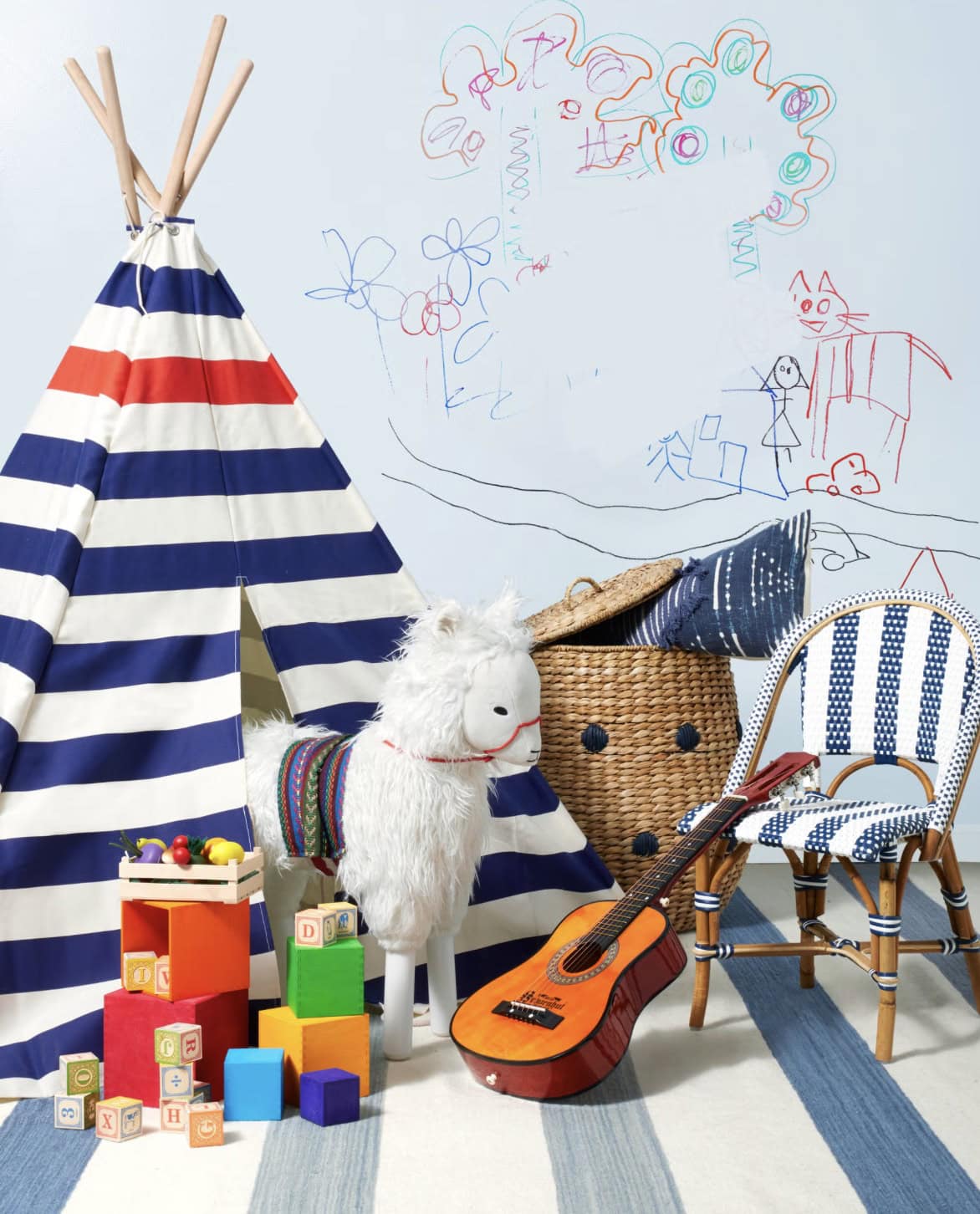
15 Oct Our Professional Take on Using Whiteboard Paints
When our clients ask for our take on chalkboard vs. whiteboard paints, we usually respond with two simple questions:
-
How do you plan to use the surface?
-
Do you prefer to use chalk or markers?
Your answers will help you decide between chalkboard paint and its sleek alternative—whiteboard (dry-erase) paint.
What is Whiteboard Paint?
Whiteboard paint transforms just about any surface—walls, tables, doors—into a writable, erasable surface. It provides all the benefits of a dry-erase board without the need to purchase a bulky one.
Why Choose Whiteboard Paint?
Unlike the classic black chalkboard look, whiteboard paint has a modern and bright feel. It’s easy to clean without chalk dust.
Another bonus: there is clear whiteboard paint, which means you can apply it right over your existing wall color and keep your design intact.
Tips for Success
Whiteboard paint does cost more than chalkboard paint, so it’s not always the budget-friendly option. And like any paint, quality matters—older or lower-grade formulas may not erase well. Additionally, dry-erase markers may not adhere as well to lower-quality paint, making them less readable.
A few more tips:
-
Use fresh, high-quality paint products.
-
Follow the manufacturer’s instructions very carefully.
-
Prep your surface properly for the best finish.
-
Get creative—think beyond walls! Tables, doors, or panels can be transformed into writable spaces.
-
Playrooms and craftrooms are great spaces to put up a whiteboard; so are children’s bedrooms.
-
If you have a stylish home office and don’t want to compromise the aesthetics, use clear whiteboard paint on a discreet surface, such as the wall behind a door.
If you’re weighing chalkboard vs. whiteboard paint for your next project, we’re here to help.
As professional painters in Northern Virginia, we enjoy helping clients select the right products and achieve the desired look.
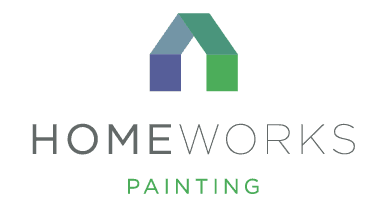


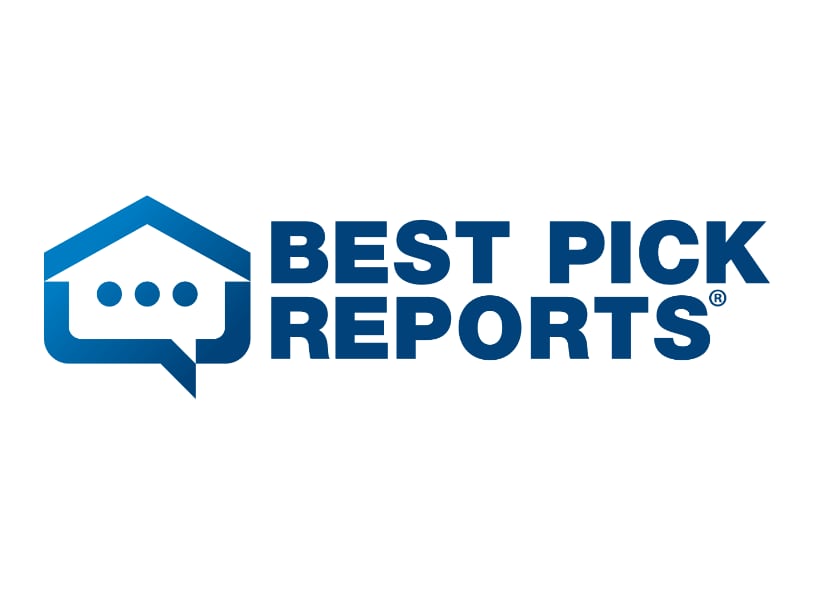
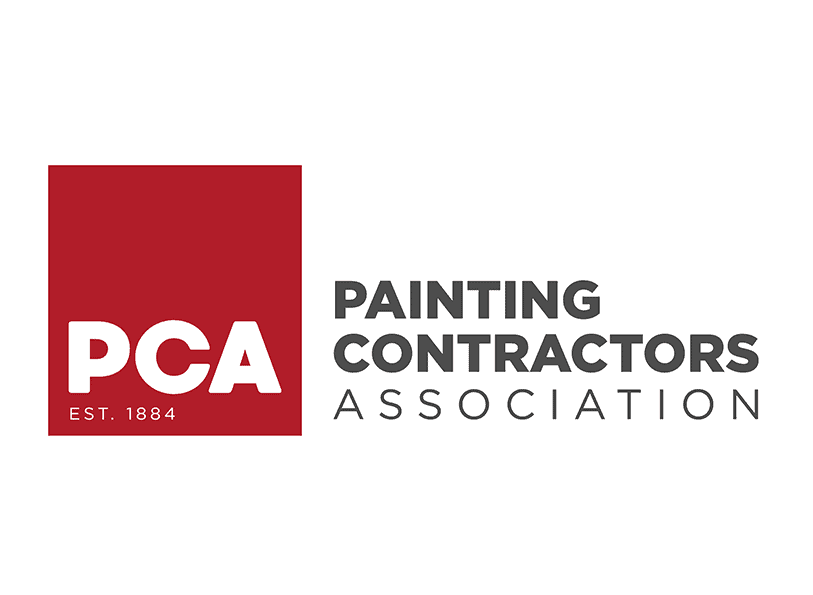
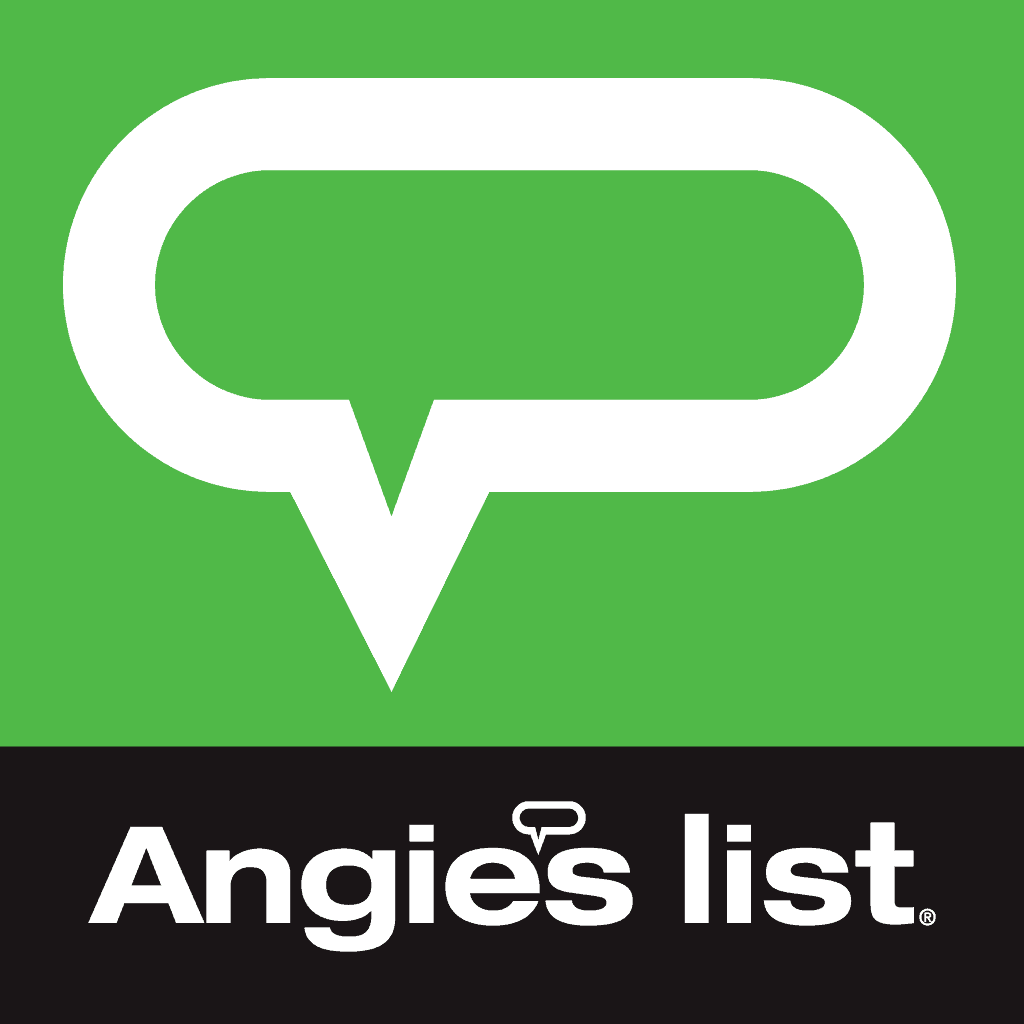
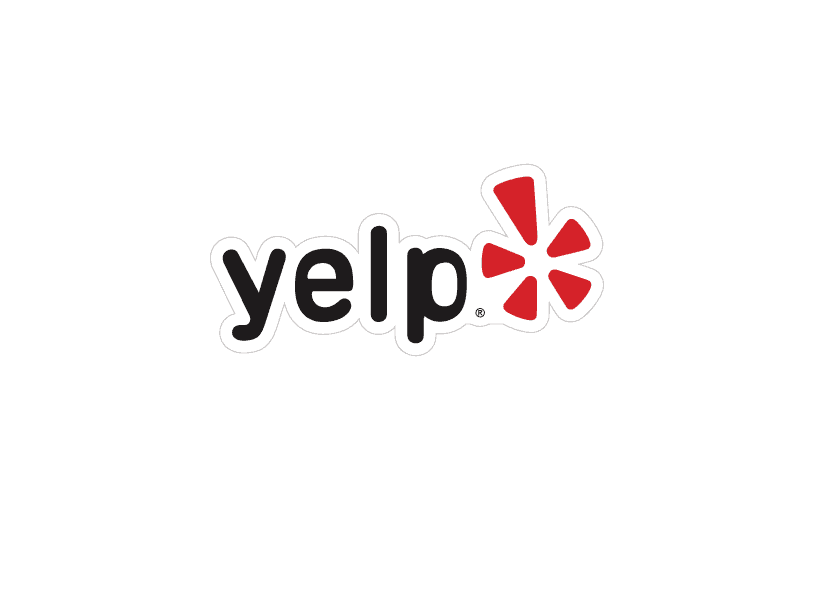

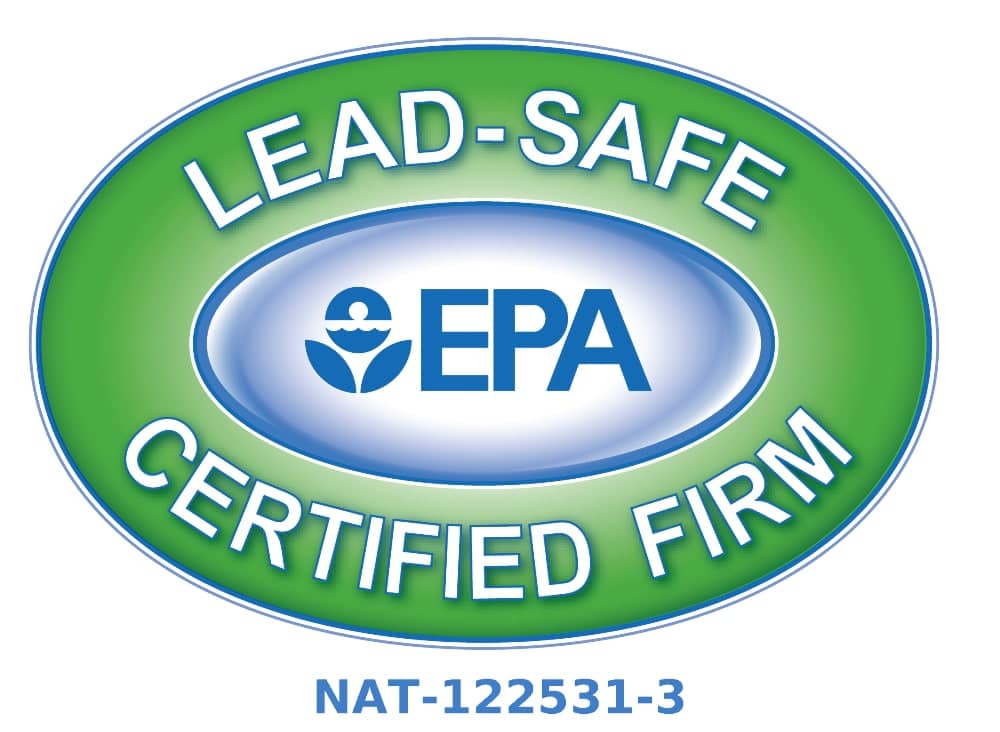
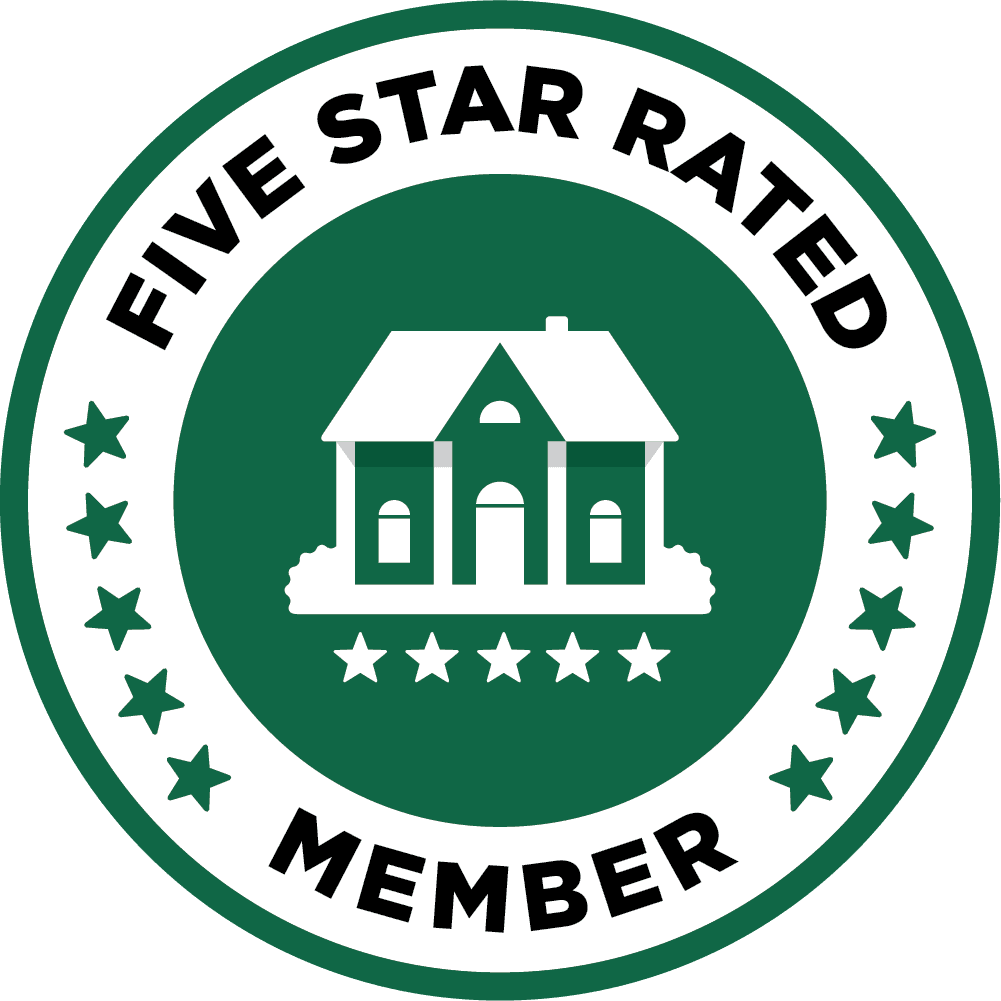

Sorry, the comment form is closed at this time.